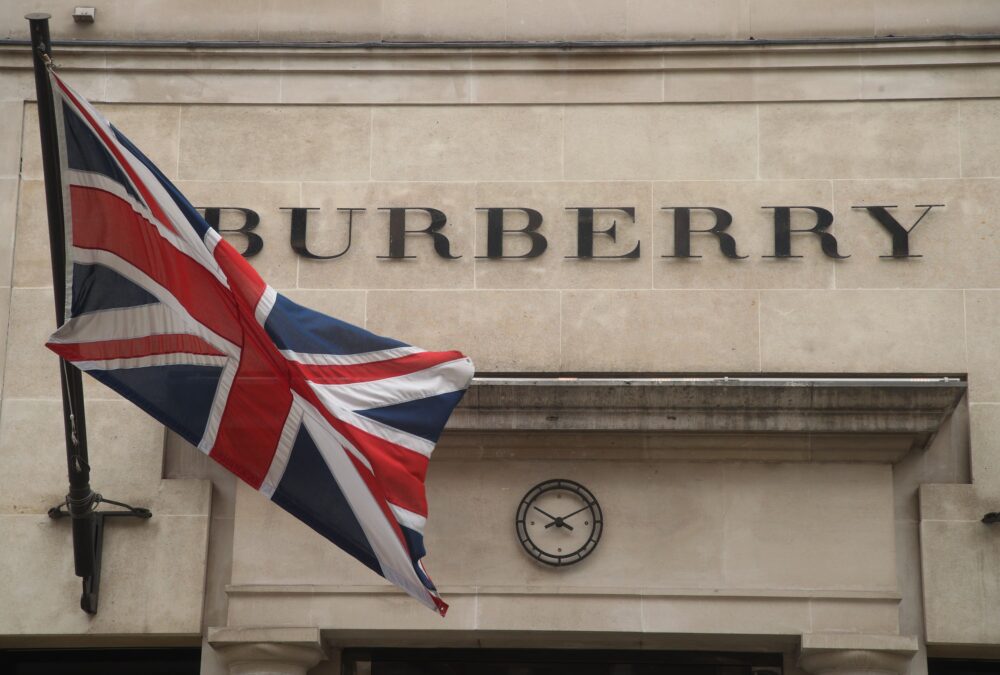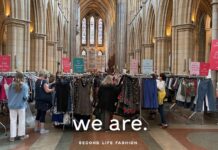Sales at high-end fashion brand Burberry have returned to pre-pandemic levels despite some restrictions for Covid-19 still remaining in place, the company revealed.
Bosses said the boost has come from them selling more products at full price, relying less on discounts, and seeing rich Asian and American shoppers spending in local stores rather than travelling to Europe to buy the latest trench coat.

As a result, sales in Europe remain deflated – down 38% on pre-Covid levels – whilst its Asia-Pacific region is strong, up 7%, and the Americas up 34%.
🏆
The 2024 Creative Retail Awards are open for entries.
The Creative Retail Awards are much more than a mere accolade; they represent the pinnacle of achievement in the retail industry. Garnering a nomination or winning one of these awards is a testament to innovation, excellence, and leadership.
www.creativeretailawards.com
The British retailer added that its customers have taken advantage of the easing of restrictions in recent months, snapping up outerwear, leather goods and shoes in particular.
Some have also been checking out the retailer’s new “global design concept” in Sloane Street, London, and bosses said three more flagships will open over the next year.
In the 13 weeks to June 26 sales hit £479 million, compared to £257 million during the same period a year ago – at the height of the first wave of the pandemic which saw stores deserted and travel restrictions across much of the globe.
Bosses appeared to waive away concerns that sales in mainland China had been hit – as has happened with other Western fashion brands following international condemnation over allegations of forced labour camps in the Xinjiang province supplying the fashion industry.
Burberry has not publicly commented on the allegations but is a member of the Better Cotton Initiative, which has raised concerns.
In mainland China, Burberry said sales were up more than 55% and Korea up more than 90% versus pre-pandemic levels.
The company said: “This was driven by new, local, young customers buying across our core categories.”

Store closures have all but ended for Burberry, which said by the end of June, only 3% of sites were closed, although 35% are still operating on reduced hours as tourists stay away.
The company also confirmed its position to become “Climate Positive” by 2040.
Outgoing chief executive Marco Gobbetti, who announced he was quitting the retailer last month, said: “We saw strong growth across our strategic categories, in particular leather goods and outerwear, and exited markdowns in digital and mainline stores.
“We continued to roll out our new store concept that will transform how customers experience our brand and product in a uniquely British luxury setting.
“Despite the continuing challenging external environment, we are very pleased with the progress against our strategy. With the company firmly set on a path of growth and acceleration, we are confident of achieving our medium-term goals.”
The wholesale business is expected to increase 60% year-on-year due to a stronger order book, although unfavourable currency rates are expected to hit sales £114 million this year.














